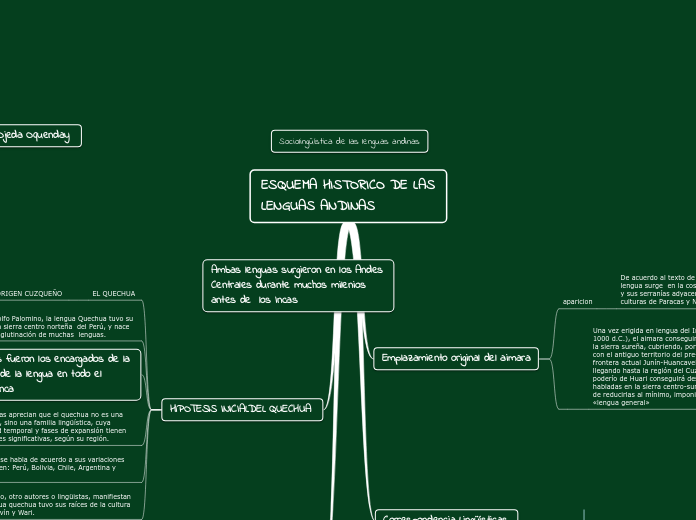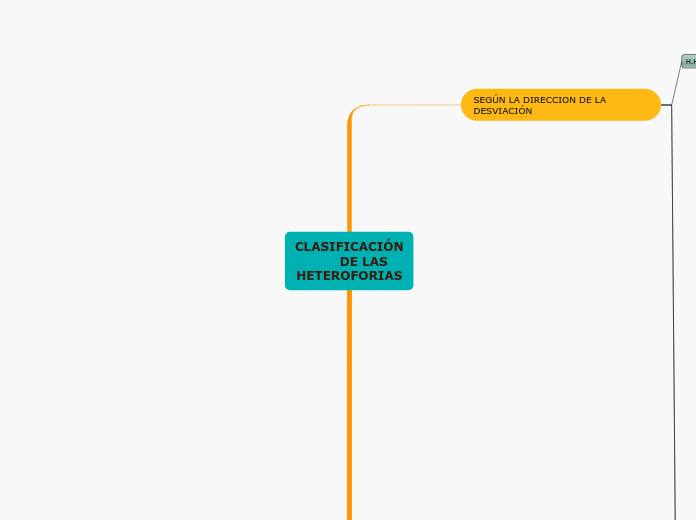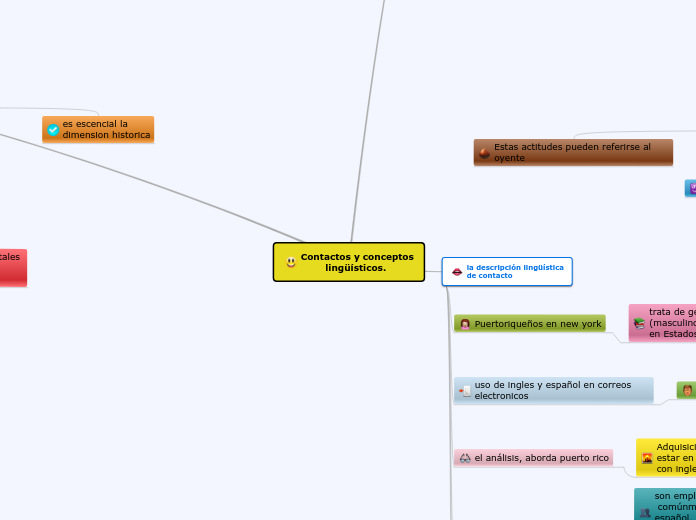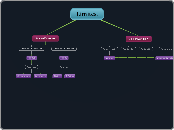En este caso, se parte de una única lengua original que, con el tiempo, se convierte en diferentes lenguas "hijas". de forma diferente de una región a otra, aunque conservan gran parte de su herencia lingüística común, pierden progresivamente más y más de sus correspondencias originales. De este modo, se convierten en diferentes acentos regionales, dialectos y, en última instancia, en diferentes lenguas.
En la actualidad se habla esta lengua en Ecuador, 451.783 hablantes de la lengua quechua, mientras que en
Perú hay 3.360.331 hablantes y en Bolivia 2.283.465. El número de hablantes es menor en Argentina, donde hay 206.739 hablantes, y en Chile (6.175). De acuerdo a esos datos, Perú es el país con más hablantes, seguido por Bolivia y Ecuador.
Se caracterizó como lengua materna a la sociedad tiahuanaquense
En Bolivia se habla en los departamentos de La Paz y Oruro, con presencia también en el norte del departamento de Potosí y extensiones marginales hacia los departamentos de Cochabamba y Chuquisaca.
Subtopic
El aymara en la actualidad es una lengua oficial en Bolivia y Perú y es hablado como lengua materna por parte de la población en Chile. la mayor parte, en torno al 15%, corresponde en Bolivia. Un total de 2,5 millones personas en todo el mundo hablan aimara como lengua materna.
Sin embargo su mayor desarrollo fue en el altiplano boliviano.
Sociolingüística de las lenguas andinas
Leonel Yvar Ojeda Oquenday
PROCESO EXPANSIVO DIVERGENTE
Este proceso se da cuando multiples lengua de origen diferente entran en un proceso de convergencia con el tiempo, cuando sus poblaciones de hablantes originalmente diferentes entran en contacto e interactúan entre sí. De este modo, las lenguas adquieren correspondencias que no tenían originalmente.
LENGUAS DE ORIGEN DIFERENTES
Las variedades del aimara altiplánico constituyen una sola lengua por encima de sus diferencias regionales y sociales, y, en tal sentido, no parecen haber cambiado mucho desde hace 400 años.
Ambas lenguas surgieron en los Andes Centrales durante muchos milenios antes de los Incas
ESQUEMA HISTORICO DE LAS LENGUAS ANDINAS
This ancient civilization of Northeastern Africa is one of the most spectacular of the ancient world. Find out more about the people of Ancient Egypt, their gods and goddesses, magical land and daily life.
La historia manifiesta que la cultura quechua tuvo como familia lingüística y principal elemento de expansión a la lengua Wari, mientras que la Aimara a la Chavin.
Egyptian Art has a major role in conveying the essential traits of this great civilization.
The Egyptian art portrays best what this civilization valued the most, what people looked like, how they dressed, the jobs they had, etc.
HIPOTESIS INICIALDEL QUECHUA
A 'pharaoh' was the supreme political and religious leader of the land. The word 'pharaoh' comes from Greek and it initially related to the designation of a royal residence.
Each pharaoh was usually the son or declared heir of the previous pharaoh, born of the Great Wife (pharaoh’s chief consort) or sometimes a lesser-ranked wife favored by the pharaoh.
Among the over 300 pharaohs in ancient Egypt, only a few of them succeeded to leave behind an eternal legacy.
Por otro lado, otro autores o lingüistas, manifiestan que la lengua quechua tuvo sus raíces de la cultura extinta Chavín y Wari.
Guess the pharaoh
- Who is the female pharaoh who ruled Egypt for almost 21 years?
- She took the throne although her brother Anenemes was the rightful successor.
Type in the name of this ruler and the period in which she reigned.
El quechua se habla de acuerdo a sus variaciones dialectales en: Perú, Bolivia, Chile, Argentina y Ecuador.
Guess the Pharaoh
- Who is the most famous female pharaoh in ancient Egypt?
- Last pharaoh who made Egypt one of the world's most powerful and rich civilizations in the world.
Type in the name of this pharaoh and the period in which she ruled.
Los lingüistas aprecian que el quechua no es una sola lengua, sino una familia lingüística, cuya profundidad temporal y fases de expansión tienen implicaciones significativas, según su región.
Guess the Pharaoh
- Who is the pharaoh whose reign set the foundations of the New Kingdom?
- He is the founder of the 18th dynasty.
Type in the name of the ruler and the period in which he reigned.
Los Incas fueron los encargados de la difusión de la lengua en todo el imperio Inca
Guess the Pharaoh
- Who is the pharaoh that ruled in a peaceful and beautified Egypt?
- He built the Luxor Temple dedicated to Amun.
Type in the name of the pharaoh and the period in which he ruled.
Según Rodolfo Palomino, la lengua Quechua tuvo su origen en la sierra centro norteña del Perú, y nace como una aglutinación de muchas lenguas.
Guess the Pharaoh
- Who was the pharaoh that changed the Egyptians' religious views, encouraging them to believe in one god?
- He builds the new capital of Egypt at Amarna.
Type in the name of this important pharaoh and the period in which he ruled. Example: Ahmose I, 1570 - 1546 BC.
EL QUECHUA
ORIGEN CUZQUEÑO
Correspondencia Lingüísticas.
Existen dos patrones de correspondencia lingüísticas
Emplazamiento original del aimara
Ancient Egyptian Farming
One of the reasons for which this civilization was so successful was the fact that they used farming to produce their own food and cloth. The farmers grew their crops along the bank of the River Nile.
aparicion
De acuerdo al texto de Palomino, señala que esta lengua surge en la costa centro-sureña (Lima e Ica) y sus serranías adyacentes en la parte sur, con las culturas de Paracas y Nazca (400 a.C.-500 d.C.).









